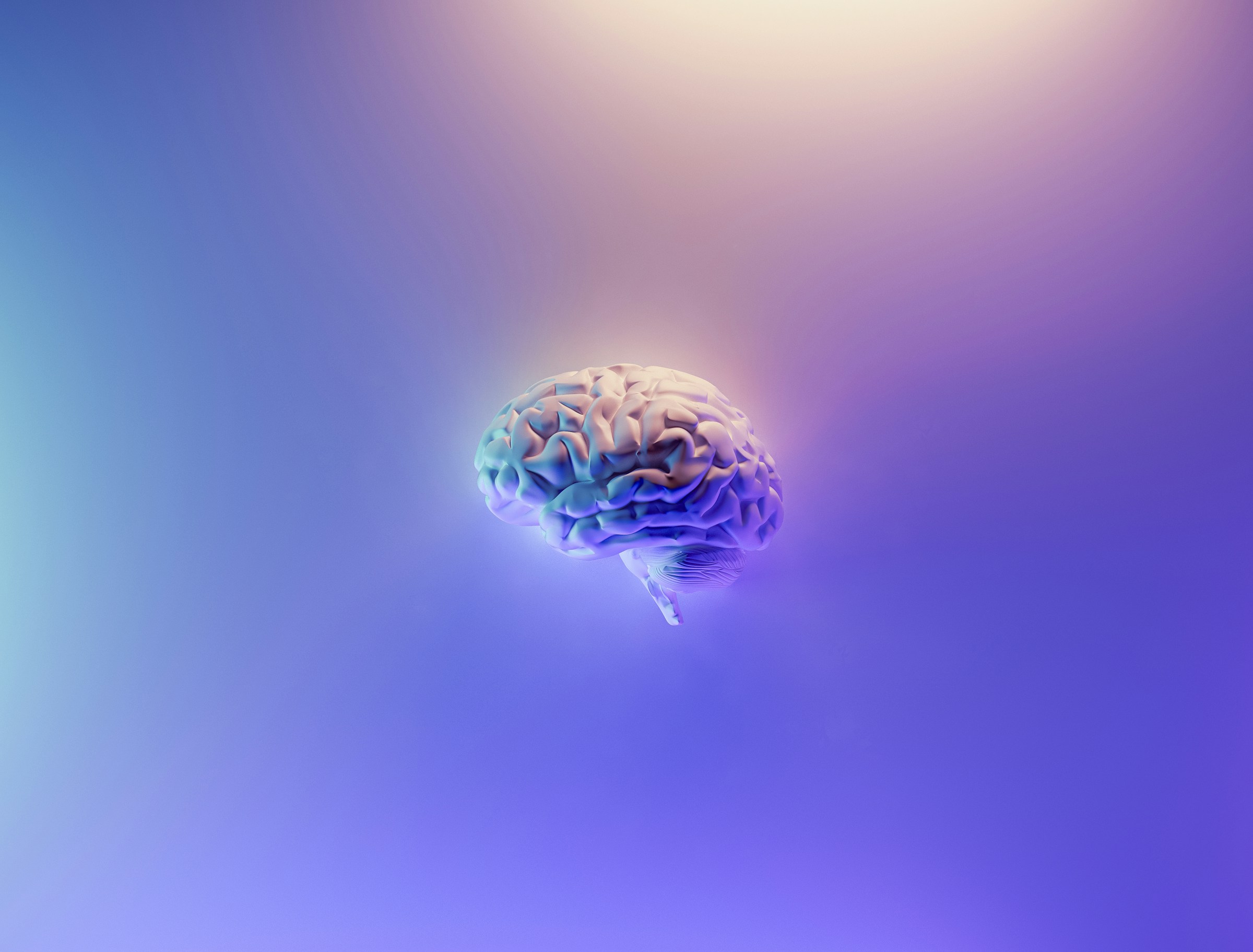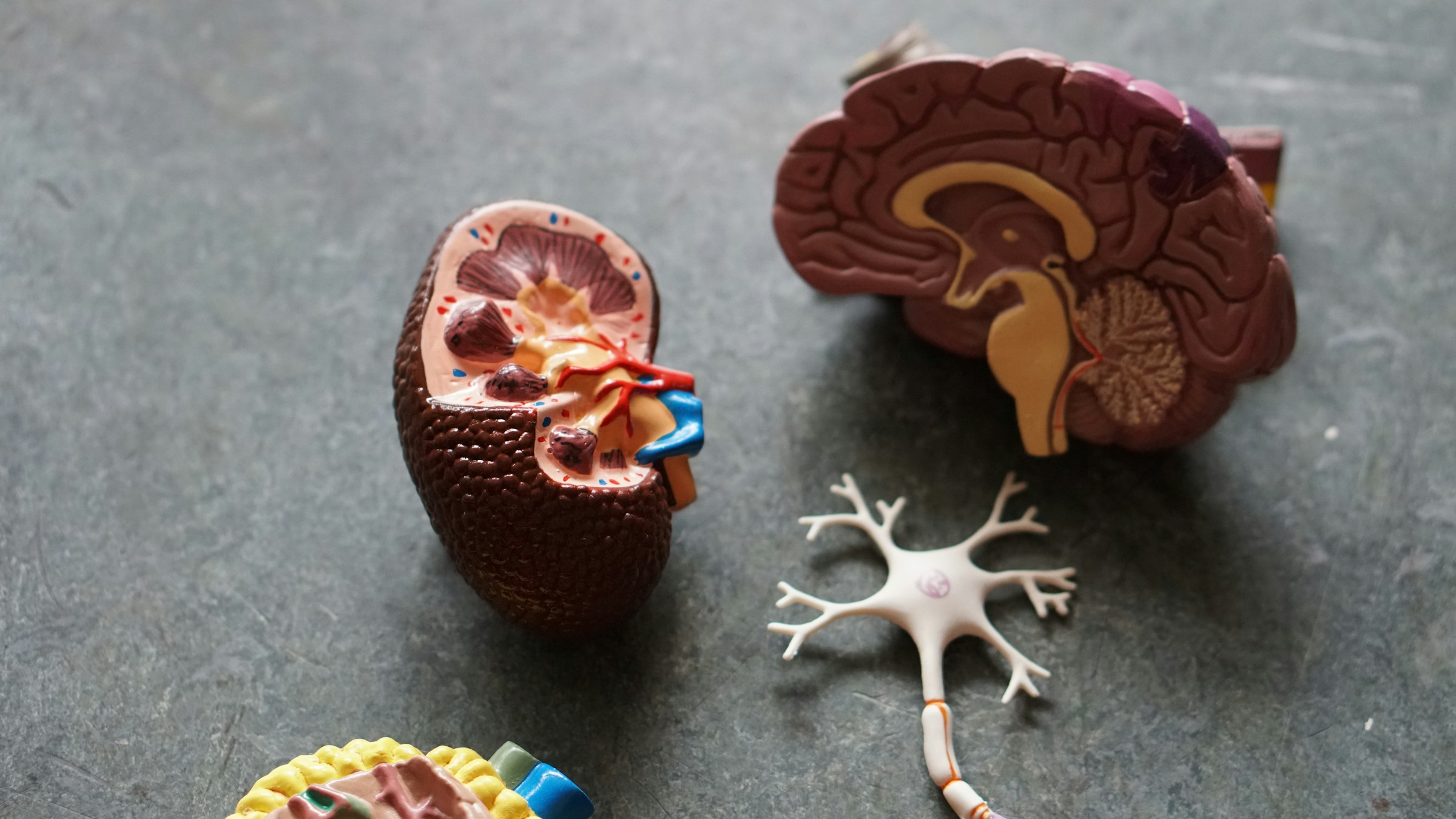The Neuroscience of Love

What is happening in the brain when we fall for someone? And how do our neural circuits shape the experience? The neuroscience of love provides fascinating insights into these questions, revealing that it’s not necessarily the heart that matters, but the grey matter.
The brain’s role in romance
Love is one of the most profound emotions humans experience, encompassing a complex mix of feelings, behaviors, and psychological states. Whether it's the dizzying rush of infatuation, the deep bond of a long-term relationship, or the warmth of a cherished friendship, love takes many forms.
What happens neurologically when you fall in love?
The process often starts with physical attraction, which is strongly influenced by sensory cues (primarily visual). This connects to our first impression. When we find someone attractive, certain areas of the brain light up, particularly the ventral tegmental area (VTA) and the caudate nucleus. The VTA is rich in dopamine neurons, which play a critical role in the brain's reward system. When you see someone you're attracted to, dopamine levels increase, creating feelings of pleasure and excitement. (More on dopamine later.)
This surge in dopamine is similar to the response the brain has to other rewarding stimuli, such as food or even drugs. The caudate nucleus, part of the brain's learning and memory system, also becomes active, reinforcing the association between the person you're attracted to and the pleasure you feel. This helps explain why thoughts of the person you're infatuated with can dominate your mind—you are, quite literally, addicted to them.

The brain in love
Beyond the chemicals that flood our brains when we're in love, the structure of the brain itself changes in response to love. Studies using brain imaging techniques like functional MRI have shown that love affects the brain in ways that are surprisingly similar to addiction.
When people in the early stages of romantic love view pictures of their partners, there is increased activity in the same brain regions that are activated by addictive drugs. This suggests that love can be as compelling and difficult to control as addiction. Ever wondered why breakups are so painful? Your brain is essentially going through withdrawal.
In addition to this, certain areas of the brain involved in decision-making, such as the prefrontal cortex, show decreased activity during the early stages of love. This reduction might explain why we often make seemingly irrational decisions when they are in love; such as ignoring potential red flags or making significant life changes.
Which hormone is released during love?
Not one, but several hormones and neurotransmitters are involved in the experience of love.
Dopamine
Dopamine plays a central role in the experience of love. It's responsible for the feelings of euphoria and heightened energy that often accompany the early stages of romance. The brain's reward circuitry, which includes the VTA and nucleus accumbens, is awash with dopamine during this time. This brings feelings of intense joy and motivation to pursue the object of your affection.
Oxytocin
Oxytocin, often referred to as the "love hormone," is crucial for forming deep emotional bonds. It's released in large amounts during physical touch, such as hugging, kissing, or sex. It is also involved in social bonding and trust. Oxytocin levels increase during moments of physical closeness and intimate connection, helping to strengthen the bond between partners. This hormone is also released during childbirth and breastfeeding, highlighting its role in nurturing relationships.
Serotonin
It's interesting to note that during the early phase of love, serotonin levels can actually decrease. Are your feelings all-consuming? This drop in hormones is associated with the obsessive thoughts and compulsive behaviours often seen in new lovers.
Endorphins
Endorphins, the body's natural painkillers, contribute to the feelings of comfort and security that characterise long-term relationships. Over time, as the passionate, dopamine-fueled highs of early love mellow, endorphins help to maintain a sense of well-being and contentment in a relationship. This shift from the intense excitement of new love to the deep comfort of long-term attachment is a natural progression, driven by changes in brain chemistry.

What does neuroscience say about love in the long-term?
While the initial stages of love are characterized by high levels of excitement and euphoria, long-term love involves different neural processes. The transition from passionate love to companionate love—characterised by deep affection, trust and commitment—shifts the brain's focus from the reward and pleasure centers to regions associated with attachment and long-term bonding.
One of the key brain regions involved in this process is the anterior cingulate cortex. This plays a role in empathy and emotional regulation and is more active in couples who have been together for a long time. It helps partners understand and respond to each other's emotions, enabling a deeper emotional connection.
What part of the brain controls love?
Emotions and hormones originate and are controlled by parts of the brain called the hypothalamus, amygdala, insular cortex, putamen, and left superior frontal gyrus. The insula is involved in the experience of compassion and empathy. Long-term relationships often involve a high degree of emotional support; the insula helps partners share and respond to each other's emotional states, further strengthening the bond.
The Default Mode Network
The DMN network of the brain is active when the mind is at rest and not focused on the outside world. It's involved in daydreaming and reflecting on the past and future. When people in long-term relationships think about their partners, there’s increased connectivity in the DMN. This suggests that their partner is deeply integrated into their sense of self. Neural intertwining helps explain Feeling a deep sense of loss and identity disruption post-breakup? Neural intertwining is likely the reason.
There’s so much we absorb on a subconscious and non-verbal level. The colours we wear, our body language and tone of voice all communicate much in just seconds. Whether you're navigating the highs of new romance or the deep waters of long-term commitment, it's clear that love is as much about the brain as it is about the heart.
Related Questions
What is emophilia?
Do you always fall in love lightning fast and frequently? Chances are you have emophilia. This is the opposite of those with philophobia, who fear falling in love.
Why does falling in love feel so good?
The neuroscience of love reveals that this complex emotion is deeply embedded in the brain's architecture and chemistry. From the initial dopamine-driven rush of infatuation to the oxytocin-fueled bonds of long-term commitment, love engages various neural circuits and processes.
How long does it take to fall in love scientifically?
We are all very different and love has many levels, so it’s hard to give a definitive answer to this. However, scientists estimate that three to four months to fall in love is an average.